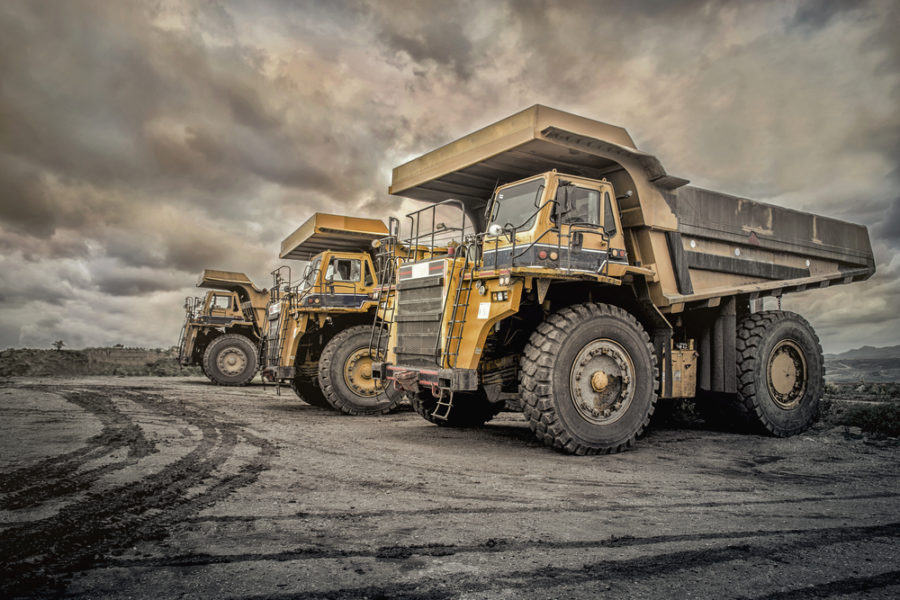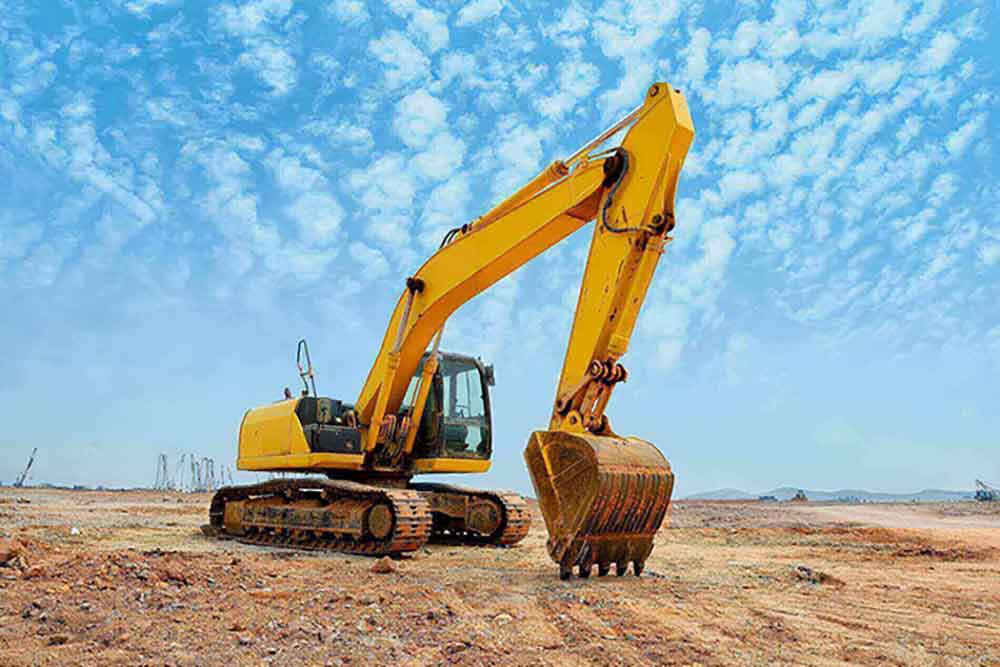Top Equipment Rental Company for All Your Requirements
Wiki Article
Renting Vs. Buying Construction Devices: Making the Right Choice for Your Project
When embarking on a building task, one of the critical decisions that predict stakeholders and supervisors deal with is whether to acquire or rent out construction equipment. Both choices have their advantages and downsides, making the option an essential one in the job planning procedure. The decision depends upon numerous factors such as expense factors to consider, task duration, devices maintenance, scalability, danger, and versatility management. Each aspect plays an important function in establishing one of the most ideal course for the project's tools demands. boom lift rental. Allow's discover these aspects better to recognize how they impact the decision-making process and eventually the success of the job.Price Considerations
When reviewing the financial facet of getting versus leasing construction tools, the ahead of time prices and lasting expenses should be thoroughly thought about. Renting equipment commonly calls for reduced first settlements compared to buying, making it an eye-catching choice for short-term tasks or service providers with spending plan constraints. Renting out removes the requirement for big funding outlays and minimizes the financial threat related to devices ownership, such as upkeep and devaluation costs. Nonetheless, over time, continually leasing devices can accumulate greater prices than acquiring, particularly for extensive projects.On the various other hand, getting building and construction devices entails higher in advance prices however can result in lasting financial savings, especially for long-term jobs or frequent individuals. Inevitably, the decision in between leasing and getting construction devices hinges on the task's period, regularity of use, budget plan factors to consider, and long-term economic goals.
Job Period

On the other hand, for long-lasting tasks or ongoing building and construction job, buying tools can be the more cost-effective choice. Acquiring tools can result in cost financial savings over time, specifically if the tools will certainly be frequently made use of. In addition, owning devices offers a feeling of control over its availability and allows for personalization to fit certain job demands.

Equipment Maintenance
Given the important function project duration plays in identifying one of the most economical method in between getting and renting construction tools, the focus now shifts towards checking out the vital aspect of devices upkeep. Proper maintenance is crucial for guaranteeing the optimal performance and long life of building and construction equipment. Leasing tools frequently includes the advantage of having properly maintained machinery given by the rental company. This can reduce the burden of upkeep tasks from the project proprietor or specialist, conserving time and effort. On the various other hand, possessing tools requires a positive strategy to maintenance to avoid breakdowns, make certain safety, and expand the devices's life expectancy. Routine inspections, maintenance, and prompt fixings are essential to keep owned and operated equipment in top working problem. Consider maintenance expenses when making a decision in between renting out and acquiring, as neglecting upkeep can result in costly repair services, downtime, and task hold-ups. Eventually, a properly maintained construction equipment fleet, whether rented out or possessed, is crucial for the effective and effective completion of building tasks.Flexibility and Scalability
In the world of building equipment management, the element of flexibility and scalability holds considerable second hand backhoe loader for sale relevance for job performance and resource use. Deciding to rent out construction equipment supplies a high degree of flexibility as it enables the fast modification of devices kinds and quantities based upon the developing needs of a job. Leasing makes it possible for specialists to access a vast array of specific tools that might be needed for particular tasks without the long-lasting dedication of ownership. This adaptability is especially helpful for projects with varying demands or unsure durations (forklift rental).Furthermore, scalability, another crucial aspect, is naturally connected to adaptability. Leasing building equipment uses the advantage of easily scaling operations up or down as task needs change. Service providers can rapidly add or exchange tools to match the task's altering needs without the restraints of having possessions that may become underutilized or outdated. This capability to range resources effectively can cause price savings and improved task timelines, making leasing a positive option for jobs needing adaptability and receptive source appropriation.
Risk Monitoring
Efficient risk management in building tools operations is extremely important to making certain job success and mitigating prospective financial losses. Building and construction tasks inherently involve numerous dangers, such as equipment malfunctions, accidents, and job hold-ups, which can substantially impact the project timeline and spending plan. By meticulously considering the threats associated with owning or renting building and construction tools, project supervisors can make educated decisions to lessen these potential threats.Leasing building tools can offer a degree of threat mitigation by transferring the responsibility of upkeep and repairs to the rental firm. This can minimize the top article economic problem on the job owner in situation of unexpected devices failures (construction equipment rentals). Additionally, renting gives the flexibility to accessibility specific tools for particular task stages, lowering the danger of having underutilized equipment
On the other hand, possessing building devices gives a sense of control over its use and maintenance. Nevertheless, this likewise means bearing the full duty for repair work, upkeep costs, and devaluation, increasing the monetary risks connected with devices possession. Careful threat assessment and factor to consider of factors such as task duration, equipment usage, and upkeep requirements are vital in establishing the most ideal choice for reliable threat management in building and construction projects.
Conclusion
Finally, when choosing between leasing and buying construction devices, it is very important to take into consideration expense, project duration, devices maintenance, scalability, flexibility, and risk management. Each factor plays a vital duty in figuring out the most suitable alternative for the task at hand. By carefully evaluating these facets, job managers can make an informed choice that straightens with their budget plan, timeline, and general project objectives.
Report this wiki page